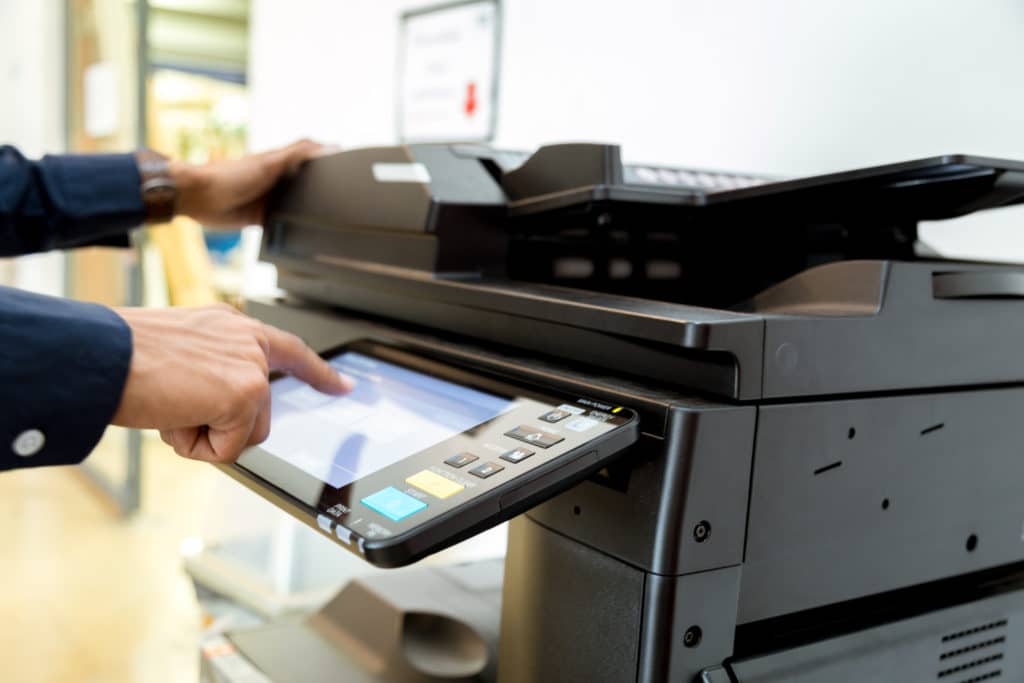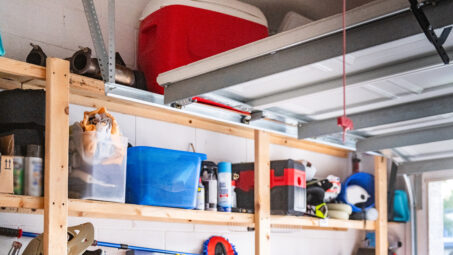The printers that now sit on desktops incorporate some of the most advanced technologies available, often at very affordable prices.
In the year 1440, Johannes Gutenberg invented the world’s first printing press. Because of that milestone, the dissemination of ideas and information was never the same. It was nothing short of a revolution. Another revolution that occurred more recently was the creation of the first computer printer. Known as electrophotography and invented by Chester Carlson in 1938, the technology later became known as xerography and used by Xerox Corporation. While this was an incredible innovation, it was not the last one. We now have high-speed printers doing yeoman’s work in offices, homes, schools and a host of other places.
Types of desktop printers
Whether we work in an office, work remotely or simply enjoy the convenience of printing documents at home, most of us are familiar with two types of printer technology; inkjet and laser.
An inkjet printer first appeared in the 1950s and became mainstream in the late 1970s. These printers spray ink onto the paper in the form of text or other images and are typically available as color models.
A laser printer allows for higher volume printing at a faster pace. First produced commercially by Xerox in the early 1970s, laser printers use a laser to transfer toner onto a printing surface. They are often sold offering a single color, typically black.
A third designation of printing becoming more popular is digital printing. Although digital printing is often described as an alternative to commercial offset printing, in relation to desktop printers, it’s usually a reference to a color laser printer with digital programming capability.
Trends and improvements
Each year, significant improvements are seen in printing technology, allowing for greater convenience, faster production and lower prices.
Wireless printing
Although wireless printing is not new, the ability to print from various devices, such as smart phones and tablets, is. Mobile connectivity and software allow for the creation, formatting and printing of documents without a computer. Set up on a Wi-Fi network, a printer can be used by anyone with access to that network with relative ease.
Output quality
As time progresses, desktop printers are capable of more refined imagery. The finer the toner or inkjet spray, the better the output. Digital printing, or color laser printing, now enables production of high-quality, photo images with enhanced refinement. Some of the best color printers, such as the HP Color LaserJet Pro M254dw, can now produce photo images that rival results from a photo processing lab. In addition, what used to cost well over $1,000 a few years ago can now be had for under $300.
Speed
For those printing images or pages full of text, the fastest printers tend to be laser at several pages per minute. Inkjet printers have become faster in recent years, but they still can’t match the speed of most laser models. For those interested in color and speed, investing in a digital color printer might be worth the additional money. While typically a bit more than inkjet printers, a good one can still be purchased for only a few hundred dollars.
Functions
Although printers that simply print and do nothing else are still available, it seems a waste of money to buy one when affordable multifunction printers are easy to find. Most multifunction printers can print, scan, copy and fax (even today). Some printers are voice-enabled, allowing for hands-free printing in conjunction with services such as Alexa. Manufacturers such as HP and Epson have made this a reality. Some printers are even equipped to automatically reorder more ink when the machine is low. This is easily done, as most printers are Wi-Fi enabled and connected to the Internet.
Toner and ink
Many consumers found themselves buying more ink after only printing a dozen or two pages – far below the stated volume indicated by the manufacturer. As a result, many consumers chose to buy off-brand toner and ink at discounted prices. In response, many printer manufacturers have pivoted slightly and facilitated year-long or lifetime toner and ink replenishment plans. An excellent example of this is the Brother MFCJ5845DWwhich provides a one or two-year “ink in the box” storage capability, ensuring that individuals or small companies never run out of ink.
Manufacturers
Some of most popular printers these days are produced by companies such as HP, Brother, Epson and Canon. Each manufacturer offers a number of affordable multifunction printers with all the connectivity and quality one might need. If interested in more ink because of higher printing volumes, check out the options that offer automatic replenishment or higher volume cartridges.
Desktop printers continue to evolve, incorporating more features such as flexible ink and toner options, remote and mobile capability and doing it all at more affordable prices. No matter the printer you choose, chances are you’ll find one that gives you everything you need without breaking the bank.






